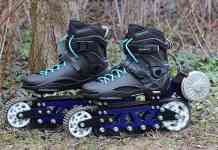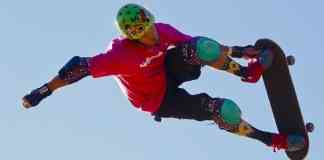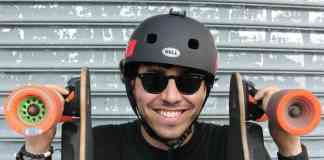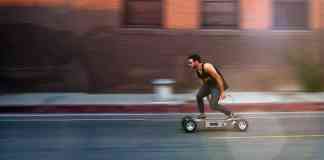![TS7A5400 copie[1]](https://www.motosk8.com/wp-content/uploads/2017/02/TS7A5400-copie1-696x464.jpg)
Rollerblading is a popular recreational activity invented as an alternative to ice skating. It is a bit tricky at first but with perseverance it gets easy, and you become a professional in no time. The joy you derive from cruising effortlessly down the lane, and even keeping up with bikes can be very rewarding. However, to learn Rollerblading, you must be patient and confident, Here is a step by step guide for you:
1. Ensure the roller blades are a perfect fit
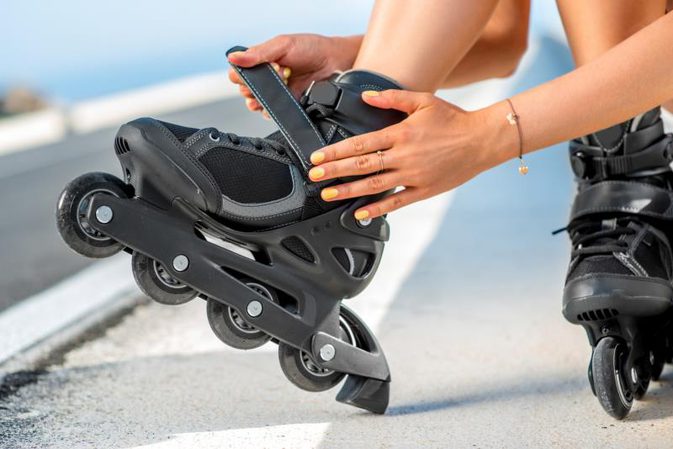
They should not be unsteady on the side, and your heels and toes should not be wobbly from side to side. Comfort is essential. A salesperson at a sporting goods store would be able to assist you in finding your perfect fit. If your child wants to learn rollerblading, then you should try adjustable skates so they can use it as they grow, Also make sure to get them the right type of knee braces for their safety.
2. Stand on a carpet
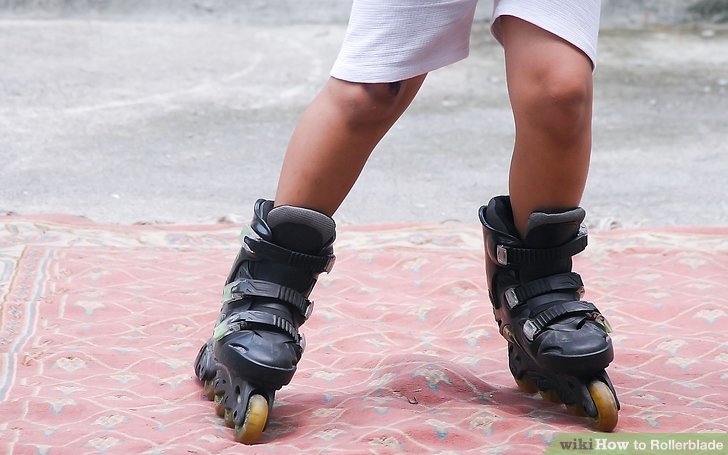
Standing on a carpet will stop the wheels from rolling. This helps you get used to the extra weight and to readjust your center of balance. Although not compulsory, a chair is recommended in case you need extra support or you lose control and begin to fall.
3. Try practicing leg and foot movement
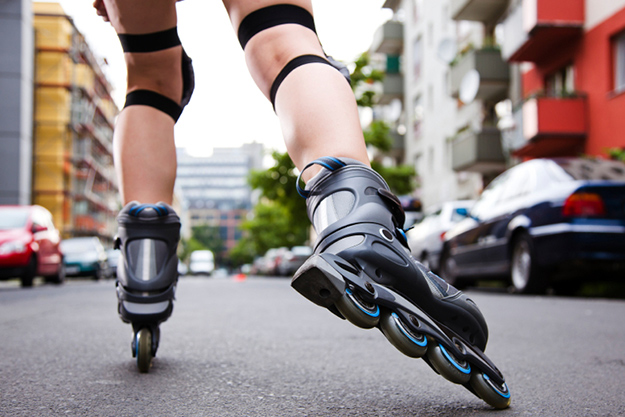
Although you may be on carpet or grass, you still need to learn how to move. Start by taking a few steps, standing still, move one foot forward while slowly increasing the pressure on that foot until you have almost totally released pressure on the other. Do the same with the other foot until you can glide “back and forth your room a few times.
4. Take your time
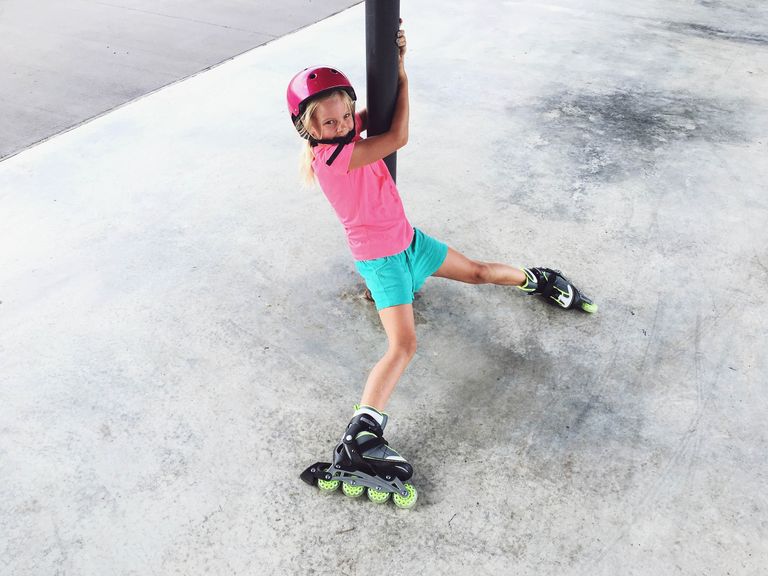
Don’t be in a hurry to learn the process overnight. Do not move too fast and try not to be too slow. It is important to feel confident in yourself and maintain a strong mental composure. Do not get frustrated if you fall multiple times. Just relax, take deep breaths, and stay focused.
5. Move to a pavement
Concrete is the safest surface to try rollerblading as a result of its uneven and rough surface. Your wheels can get some friction within these trenches and at the same time, you will be able to move more freely than when standing on a carpet.
6. Keep Experimenting
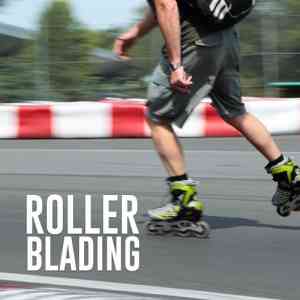 Experiment with different foot strokes to see what is most efficient: Try oscillating, balancing on one foot, and walking. It is easier when done slowly at first; then you can gradually increase the pace until you can move faster.
Experiment with different foot strokes to see what is most efficient: Try oscillating, balancing on one foot, and walking. It is easier when done slowly at first; then you can gradually increase the pace until you can move faster.
Experiment with falling and getting up: Try practicing falling and getting up. Try slipping on your knee pads as well as your wrist guards. Whenever you feel yourself staggering backward, quickly grab your kneecaps! This will help pull you forward.
7. Learn to how to stop
Like driving and riding a bike anticipate where you intend to stop. Move one foot forward, bend the knee slightly as you apply pressure on your heel then you slowly come to a stop.
Practice makes perfect. Learning is not enough. Try putting in at least 30 minutes every day till you’ve become a pro.


